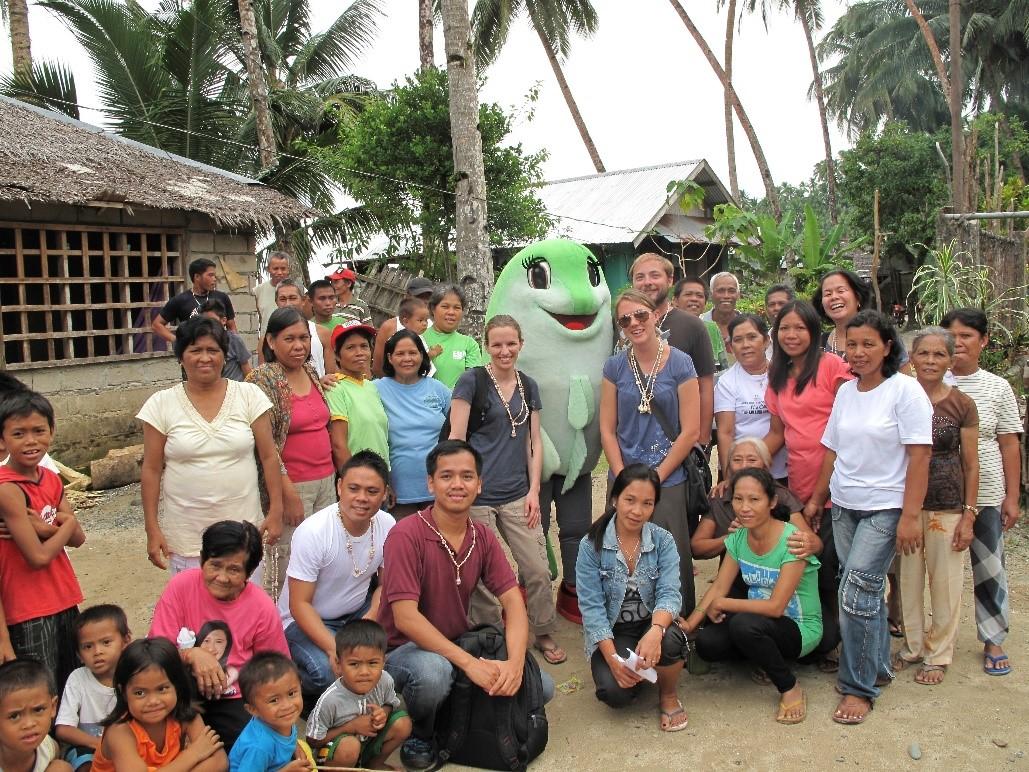
Many small-scale fishing communities throughout the developing tropics depend on fisheries as a primary source of food security, livelihoods, and pride. However, a common story heard in these communities is that they are not able to catch as many fish as they once could. This is often the result of more and more fishers trying to catch fewer and fewer fish – a classic example of the tragedy of the commons. Several management solutions have been recommended for this problem, but they all share the same challenge – a need to reduce fishing in the short-run in order to allow fisheries to recover and produce benefits in the long-run.
Some call it the “j-curve” and others more bluntly call it the “valley of death,” but the concept is the same: following more restrictive management implementation, fishers may suffer short-term consequences of reduced food and income until fish stocks rebound. These short-term losses can have serious implications for fishers and their families, and the delay in receiving benefits could lead fishers to understandably lose faith in the new management, and slip back to old, unsustainable fishing habits.
To combat this issue, fishers, local governments, and international NGOs banded together to try a new approach for restoring small-scale fisheries that addresses the tragedy of the commons while also accounting for short-term challenges. This ambitious global program, called Fish Forever, is a partnership between Rare, Environmental Defense Fund, and emLab, and was first rolled out across an initial group of 41 communities in Brazil, Philippines, and Indonesia between 2015 and 2017.
The Fish Forever intervention takes a two-pronged approach by: 1) providing management tools to implement “TURF-reserves,” a type of spatial management that combines territorial use rights for fishing with no-take marine reserves, and; 2) training local community members to conduct “Pride” campaigns, a unique type of social marketing that aims to increase a community’s pride in their local natural resources and encourages positive behavior change for managing those resources more sustainably. The first prong is designed to establish property rights for a specific area of the ocean for a specific group of fishers, along with the TURF-reserve location, size, and management regime. The second prong is designed to foster community support for the new management intervention, changing social norms despite the knowledge that it will take time for benefits to accrue.

Pictured above: emLab researches and partners from Rare and EDF posing alongside villagers with "Robata the Rabbitfish," the mascot for the local Pride campaign
By collecting ecological underwater survey data and socioeconomic household survey data from before and after the intervention was implemented at the first 41 sites, and also at a small group of matched control sites, we were able to assess changes across a diverse suite of indicators. We found that ecological changes, including how many fish were in the water, varied among the sites. This is an unsurprising result given that life history characteristics (reproductive rates, number of offspring, maturation age, etc.) dictate how quickly species can recover. Our monitoring data only cover a 2-3 year time period – likely not long enough time to see substantial changes for many species.
We also found that socioeconomic results, including changes in livelihood stability and food security, were also varied, again unsurprising given that fishers were subjected to more restrictive management, and that fisheries had not yet fully recovered.
However, and perhaps most interestingly, we found that all of the communities demonstrated support for the management intervention, and were fishing more sustainably by complying with new regulations despite the lack of consistent substantive benefits.
When we think about the long-term success of sustainable resource management, it’s important to consider how we engage with community perception and behavior in order to create lasting ecological, economic, and social benefits for people and nature. Only time will tell how well the Fish Forever approach works in the long-run, but these initial results are promising, and indicate that social marketing behavior change campaigns could be an effective solution for helping small-scale fishing communities bridge the gap from overfishing to sustainability.



